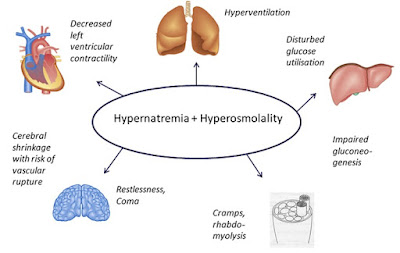Off‐pump coronary surgery (OPCAB), advatages and disadvantages

"Off-pump" coronary bypass bypass surgery (OPCAB) was developed in response to concerns regarding the potential side effects of CPB. The goal of this procedure is to achieve total revascularization while avoiding CPB. Positioning the heart for transplantation without compromising hemodynamics is achieved with the use of several retraction devices and deep pericardial sutures. A platform that provides stability reduces movement at the arteriotomy site. After performing an arteriotomy, ischemia can be reduced via intracoronary or aortocoronary shunting.
